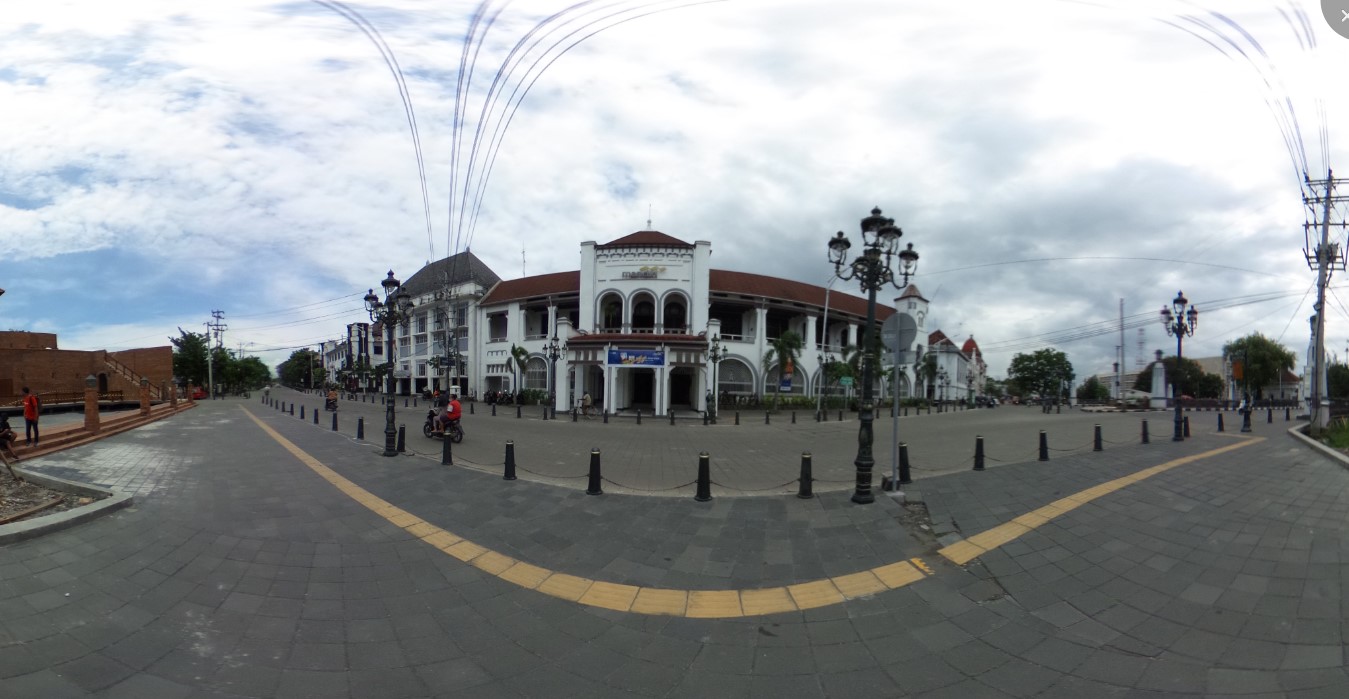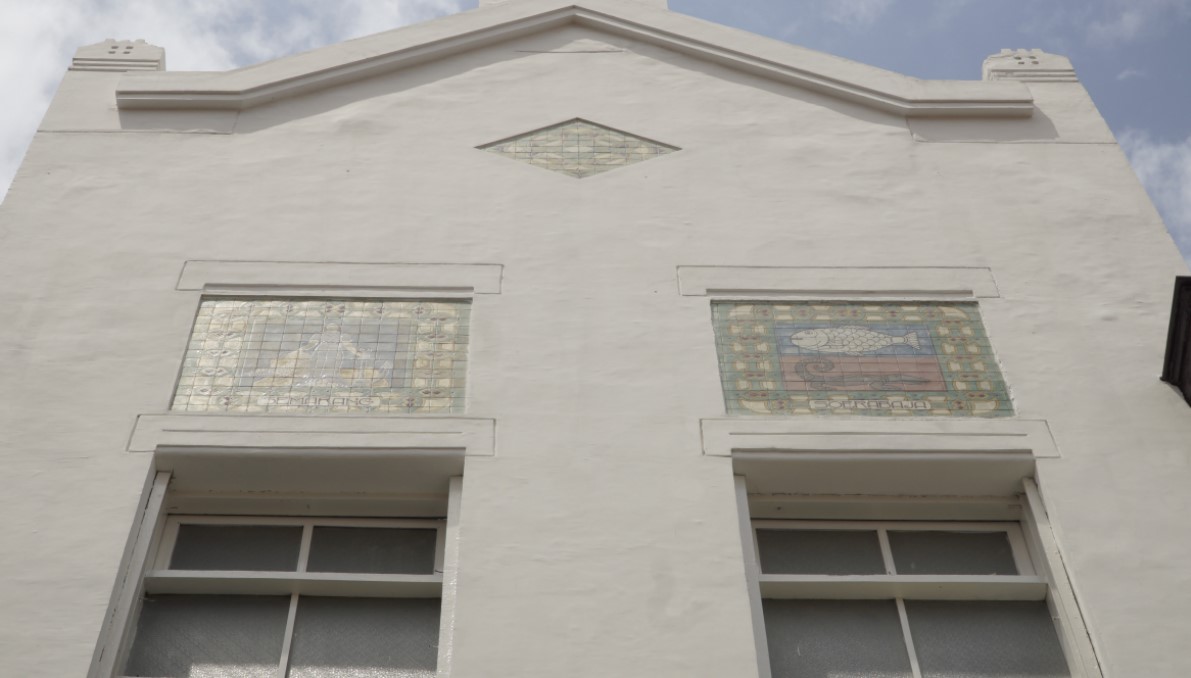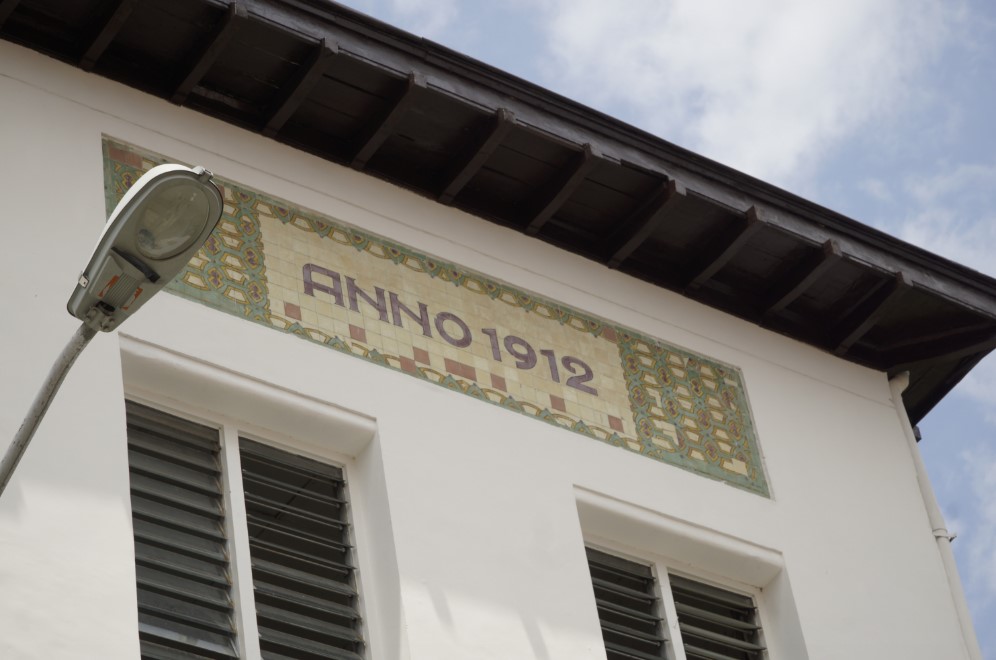Historical Traces Of Semarang's Old City Sugar Route
The Old City of Semarang, which is one of the city's tourism attractions, has an important history. In reality, the Old City was formerly the world's second largest sugar commerce and trade center, after Cuba.
This history is known as the Sugar Route of the Old City of Semarang, which cannot be separated from the figure of Oei Tiong Ham (1866 – 1924), the richest tycoon in Southeast Asia at that time. Sugar became the most important product in the 1880s until the global economic crisis in 1930.
This industry began during the era of forced cultivation (cultuurstelsel), but it was further developed when the system was replaced with the Agrarische Wet policy (the Basic Agrarian Law at the time) in 1870. This policy gave the private sector control over the cultivation of enormous plantation lands.
The legendary of the richest tycoon in Asia from Semarang
At the period, there was a person known as Oei Tiong Ham (1866 - 1924) who would later be known as the Sugar King in Semarang. At the time, the sugar business opportunity was quite broad, and the demand for sugar on the world market was also very high.
Actually, Oei Tiong Ham is the son of the owner of a company called Kian Gwan, Oei Tjie Sien, who engages in agricultural products such as coffee, rubber, kapok, tapioca, gambier, and opium. Oei Tiong Ham was able to acquire at least five bankrupt sugar factories such as Pakis (Pati), Ponen (Jombang), Rejoagung (Madiun), Tanggulangin (Sidoarjo), and Krebet (Malang), by inheriting his father's business spirit.
He also pioneered the formation of OTHC (Oei Tiong Ham Concern), one of Asia's biggest companies. Its base is in Semarang, and it has branches in other cities such as Batavia and Makassar. There are also several branches in other nations, from Asia to Europe.
Oei Tiong Ham was called the richest person between Shanghai and Australia as an outcome of his business (De Locomotief newspaper). Even the wealth of Oei Tiong Ham can still be seen in Semarang's Old Town Area. The old OTHC offices are currently housed in three buildings: Jalan Kepodang No. 25 (now the office of PT RNI), the building on Jalan Kepodang (now the Pringsewu Restaurant), and the Monod Diephuis & Co.
Its history is not limited to the Sugar Route, as prior histories have noted the Old Town area of Semarang as a witness to history and as the seat of government.
The Old City area has also been included to UNESCO's temporary list of World Heritage Sites, indicating that the local administration is committed about restoring the glory of this area. Several Old Town buildings have been transformed into cafes, restaurants, and art galleries. Likewise, the gardens are designed as open spaces with lighting beneath the trees.
The Old City area is becoming one of the most popular tourist attractions in Semarang. Aside from the structures and ambience, Kota Lama offers several interesting places to explore, like the Klitikan Market, the UMKM Gallery, Instagrammable cafes, and others. (Nico/Contributor)



